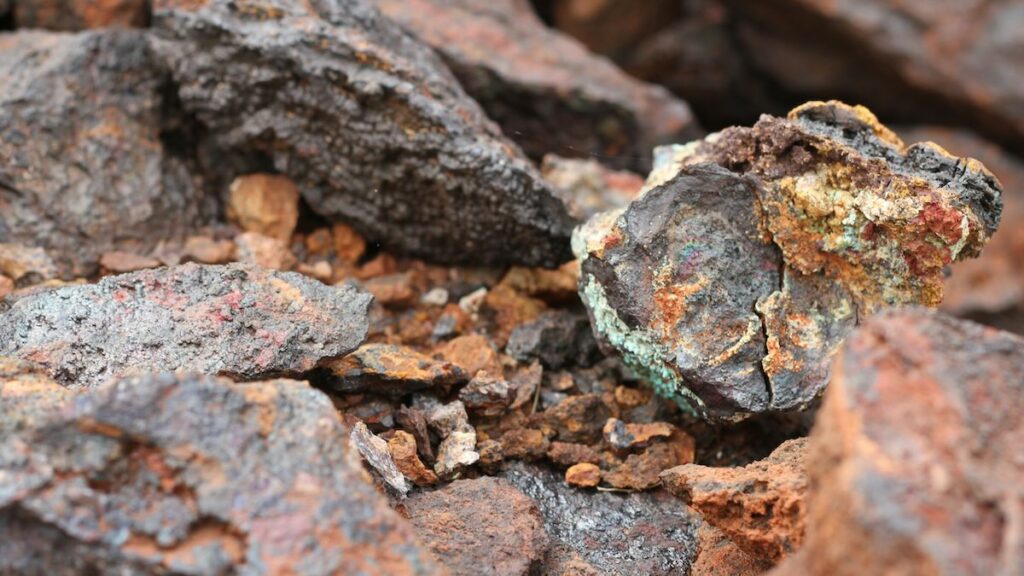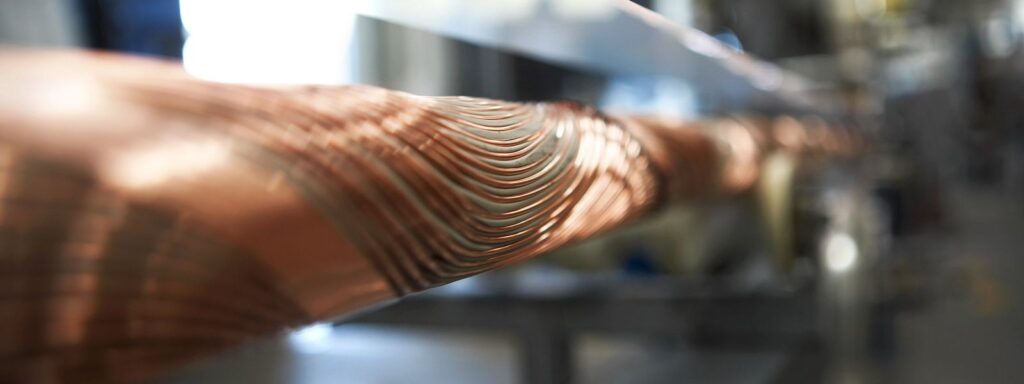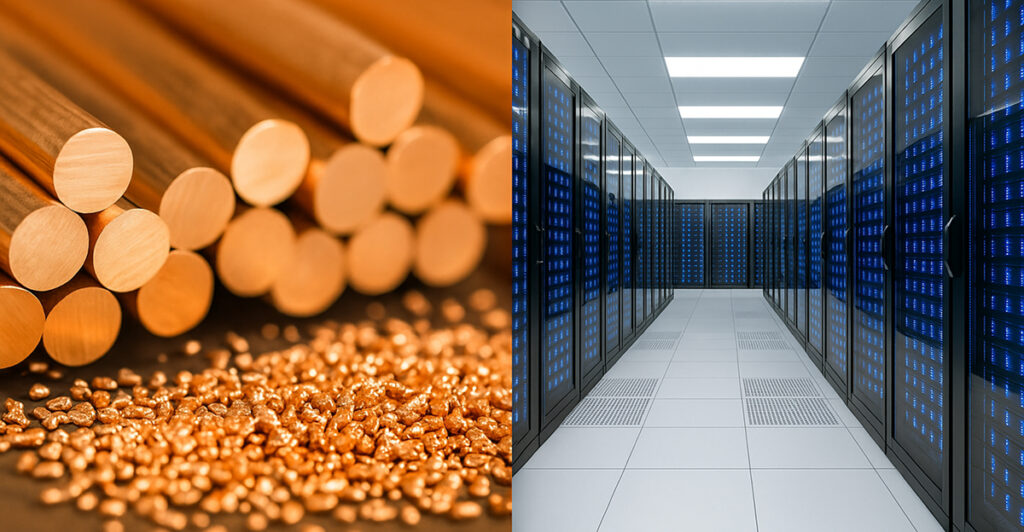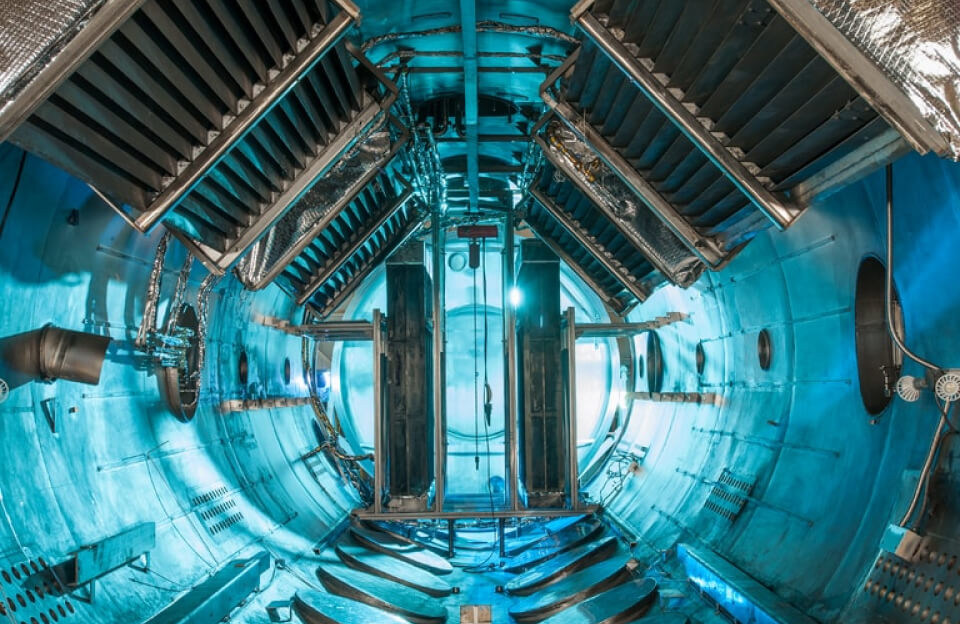As the world accelerates toward a net-zero future, copper has emerged as the metal of the moment—a critical enabler of renewable energy, electrification, and clean infrastructure. Copper to the World 2025, returning to Adelaide on August 26-27, brings together global industry leaders to address the opportunities and challenges in this rapidly evolving sector.
From Local Roots to Global Impact
Originally launched in 2015 to showcase South Australia’s copper potential, the conference has transformed into a global platform. It now connects stakeholders across the copper value chain—from miners and tech innovators to policymakers and investors.
With copper demand set to double by 2050, this evolution is timely. The 2025 theme, “The Copper Advantage: Powering the Future,” emphasizes both copper’s unique value in the energy transition and the industry’s responsibility to innovate sustainably.
South Australia: Australia’s Copper Capital

Photo Credit :- glamadelaide
South Australia holds a dominant position in the nation’s copper sector, thanks to its rich geological resources, historical mining legacy, and a modern, innovation-driven ecosystem.
Key Copper Deposits in South Australia
| Deposit | Resource Estimate | Unique Features |
|---|---|---|
| Olympic Dam | 10.1B tonnes @ 0.74% Cu | World’s largest uranium deposit, gold and silver-rich |
| Prominent Hill | 130M tonnes @ 0.9% Cu | High gold credit, low arsenic content |
| Carrapateena | 840M tonnes @ 0.8% Cu | Deep underground with automation potential |
| Hillside | 330M tonnes @ 0.6% Cu | Coastal access, logistical benefits |
These deposits represent 68% of Australia’s copper resources—over 91.5 million tonnes—and drive over $50 million in annual exploration investment.
Copper’s Role in the Energy Transition
Copper’s exceptional electrical and thermal conductivity makes it indispensable for green technologies. Every electric vehicle, solar array, and wind turbine depends on copper.
Copper Use Per Technology (Approximate):
- Electric Vehicles: 83 kg per unit
- Wind Turbines: 2.5–6.4 tonnes per MW
- Solar PV Systems: 5 tonnes per MW
- Energy Storage Systems: 0.8–1.2 tonnes per MW
This demand is expected to double copper consumption by 2050, especially in renewable energy, EVs, and grid infrastructure.
Innovation at the Heart of the Conference
The 2025 conference presents a multi-stream program covering topics such as:
- Advanced Exploration: AI, remote sensing, seismic tomography
- Process Automation: Digital twins, autonomous systems
- Water & Tailings: Dry stacking, passive treatments
- Emerging Energy: Hydrogen integration, renewable-powered mining
Innovation showcases, startup competitions, and VR experience zones offer hands-on exposure to emerging technologies.
A Sustainable Copper Future

Photo Credit :- nkt
Sustainability is a core theme. Leading speakers from BHP, Hillgrove Resources, and Austmine will present case studies in:
- Water reduction (30–50% savings)
- Energy-efficient processing (up to 40% lower usage)
- Community engagement and biodiversity protection
- Circular economy initiatives and recycling
Their message is clear: profitable growth and environmental responsibility can—and must—coexist.
Strategic Vision for a Copper Renaissance
With ambitions to double production by 2030, Australia aims to become the third-largest copper producer globally. The Copper to the World 2025 conference serves as a collaboration hub to support this goal through:
- Networking events
- Investment matchmaking
- Cross-border project development
- Exhibition of 100+ global innovators
Conclusion:
Copper to the World 2025 is not just a conference—it’s a call to action. As demand for clean energy rises, South Australia stands ready to lead the global charge with rich resources, cutting-edge innovation, and a vision rooted in sustainability. The copper renaissance starts here.
Ask ChatGPT


